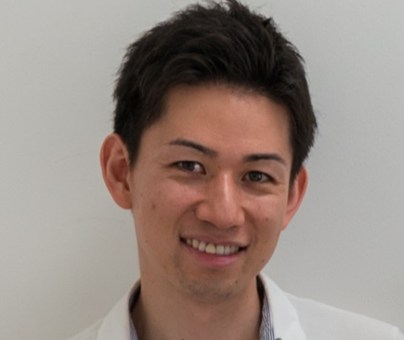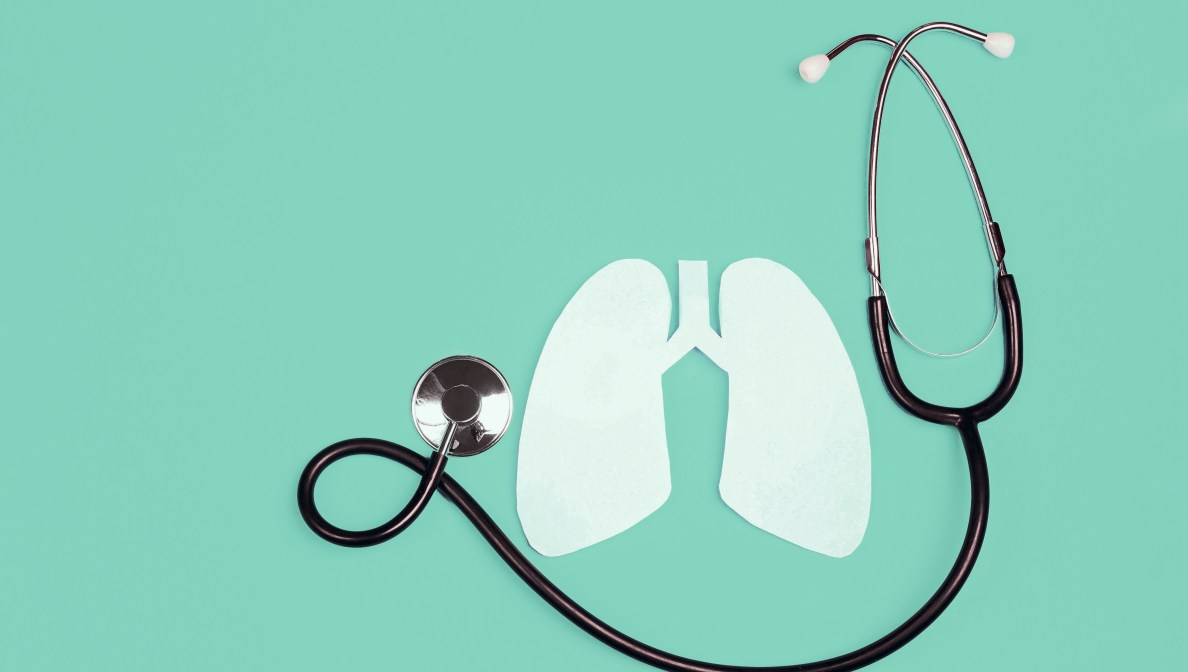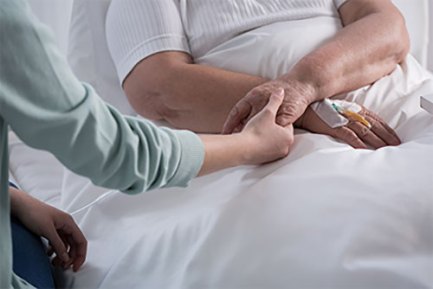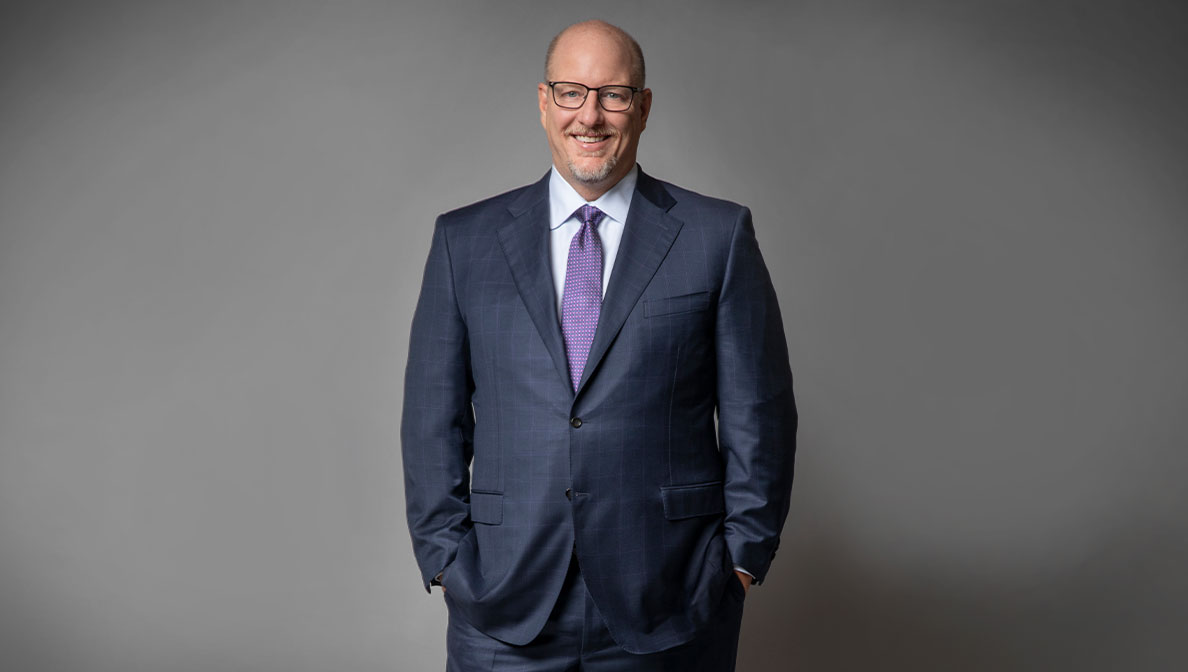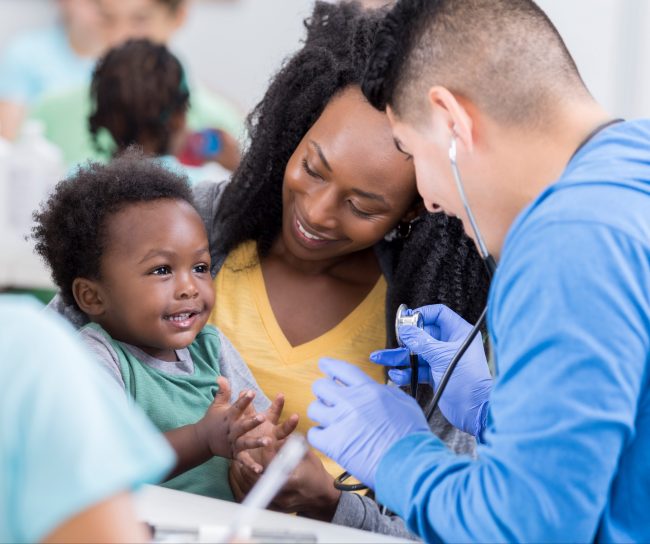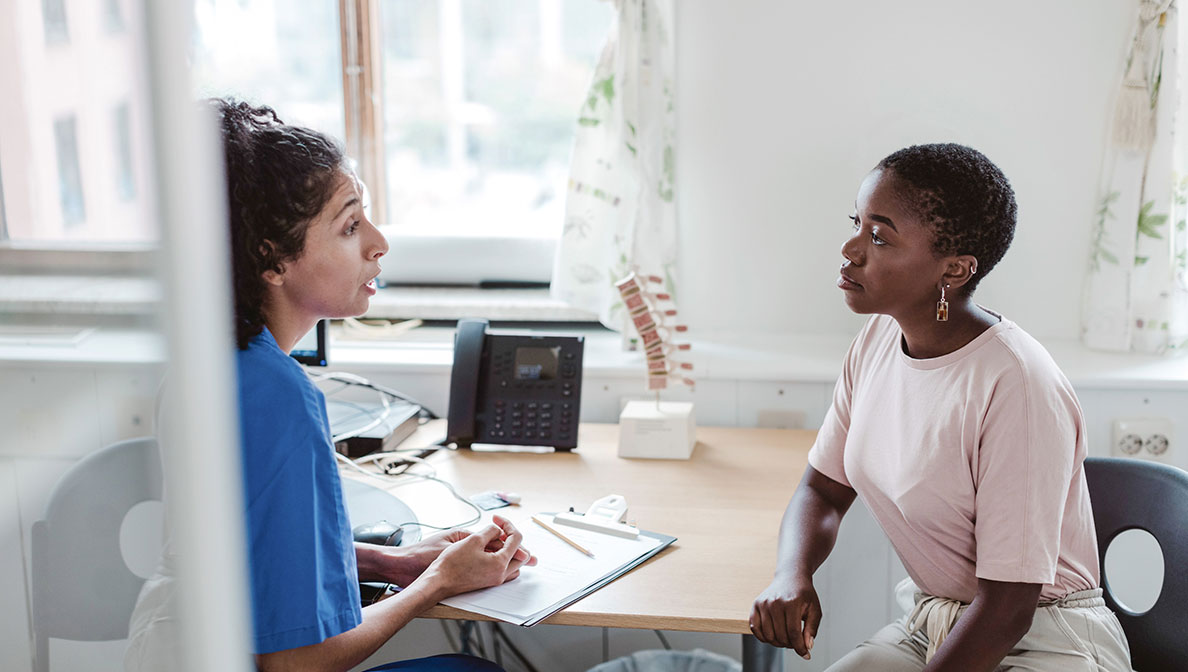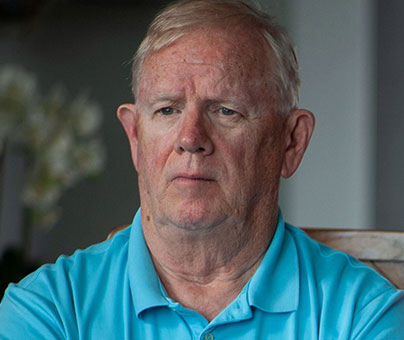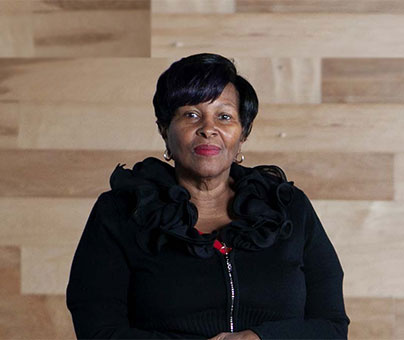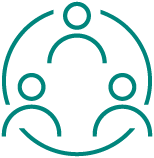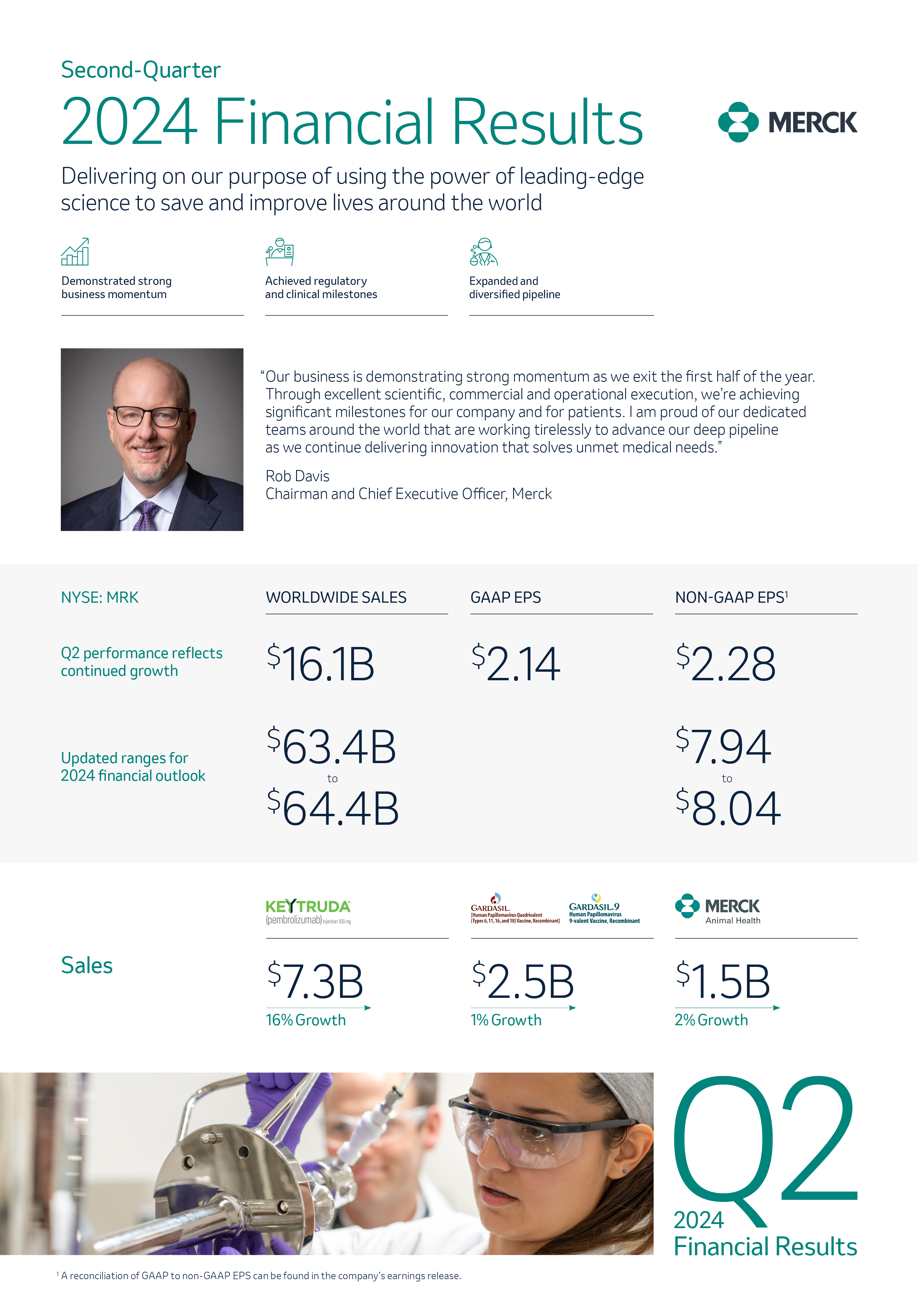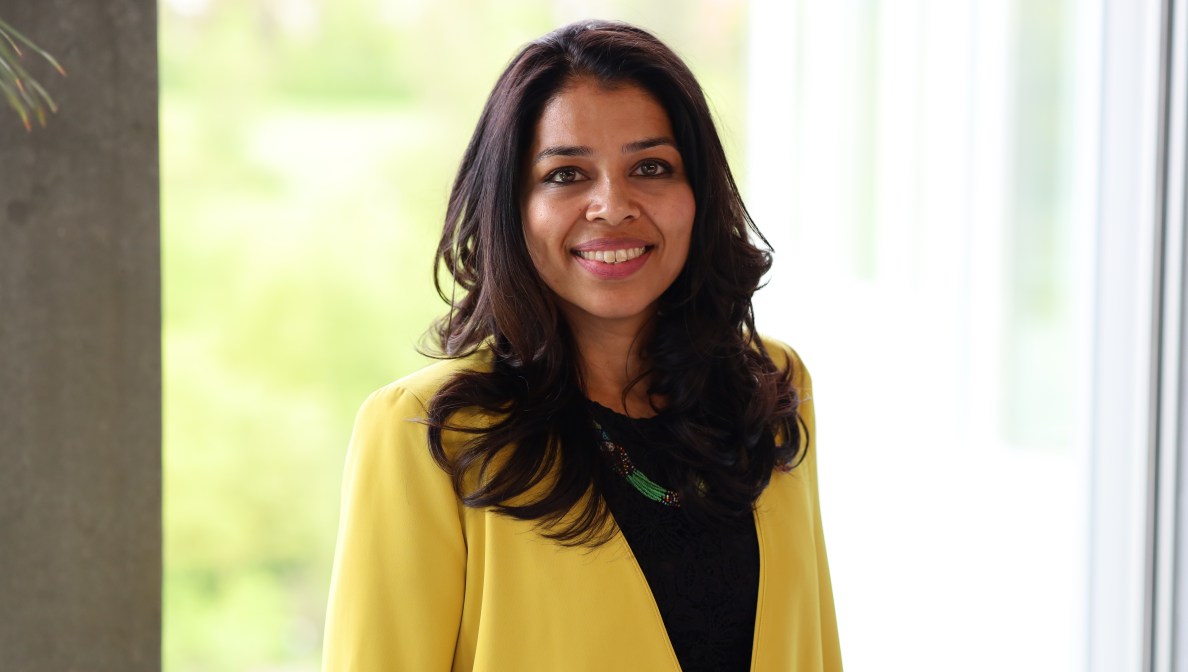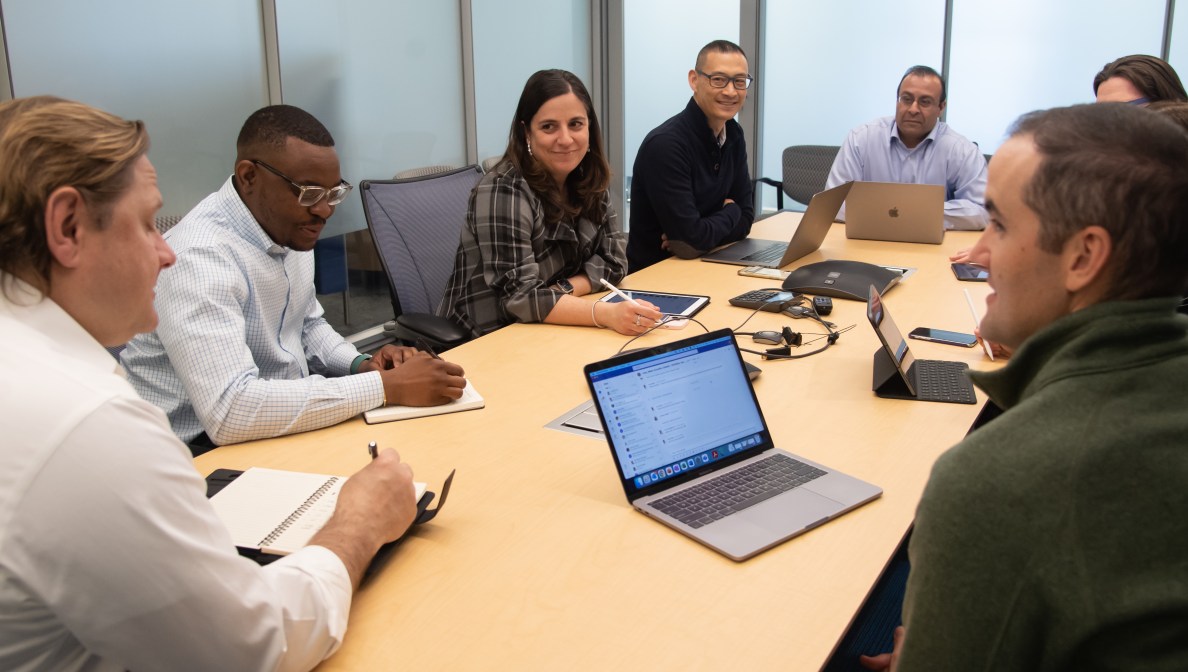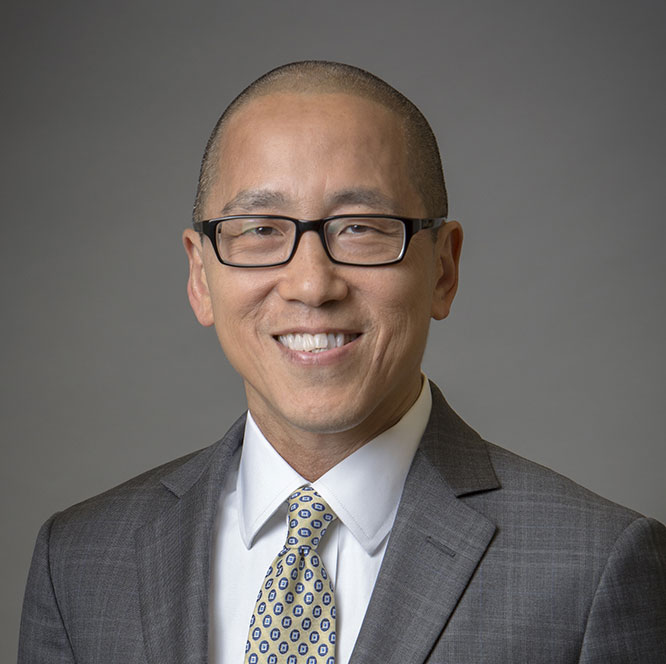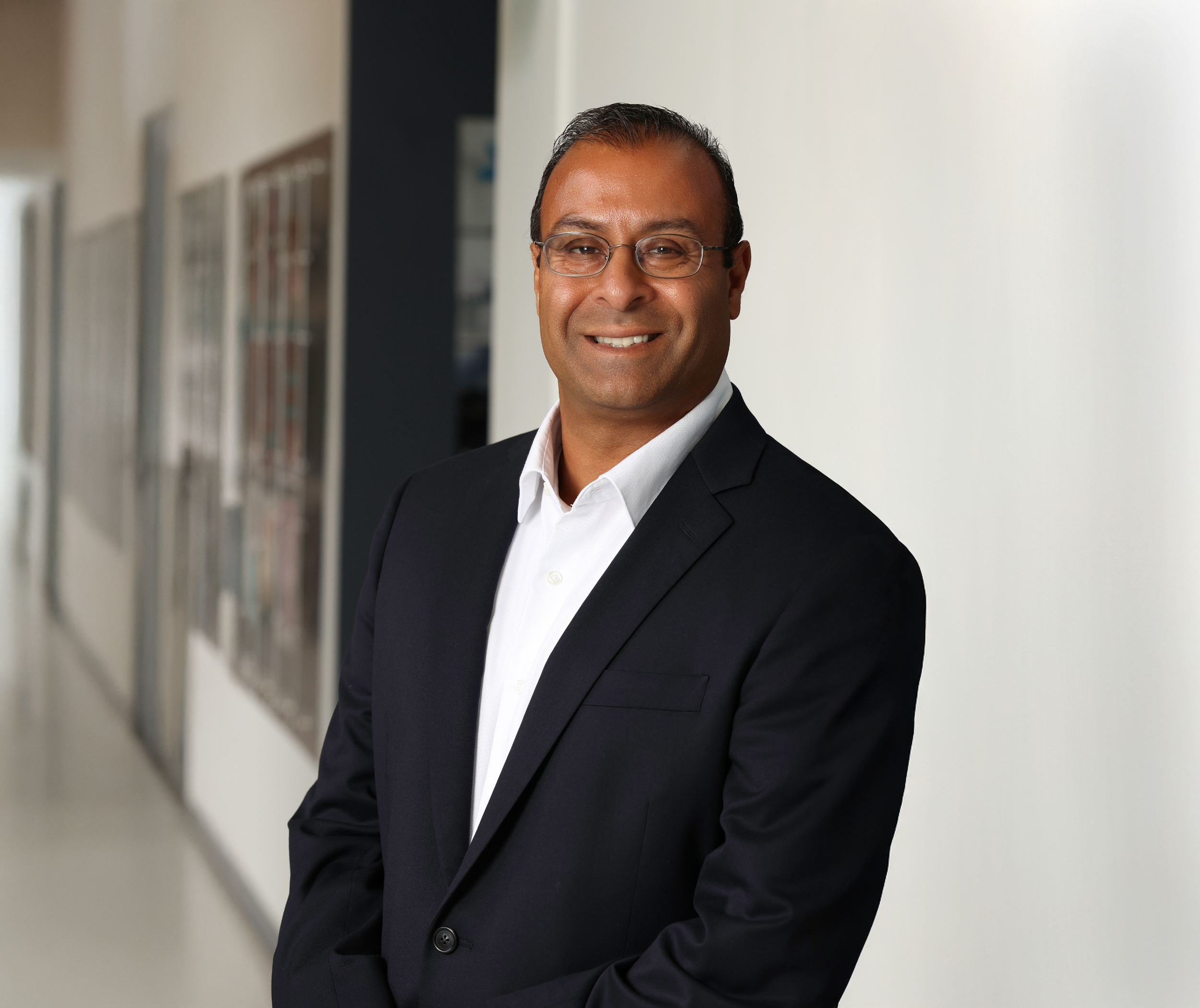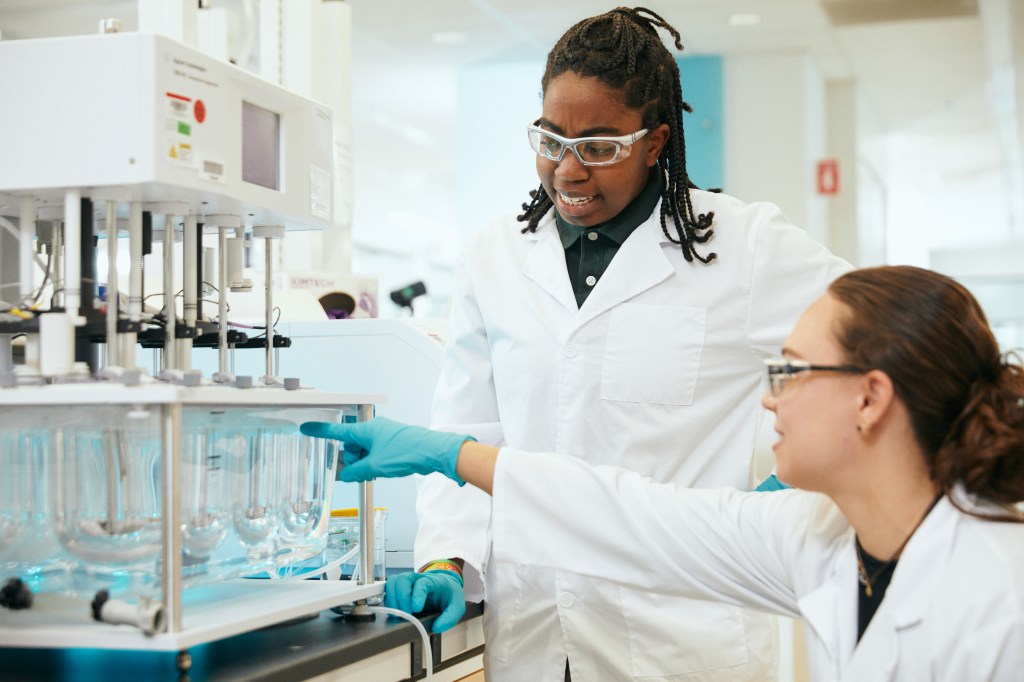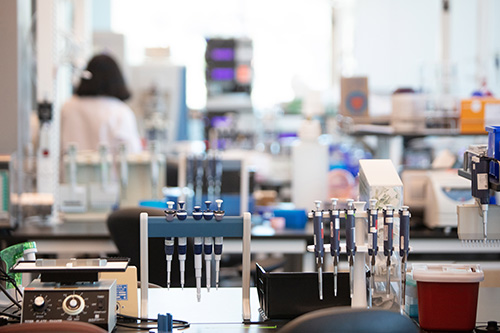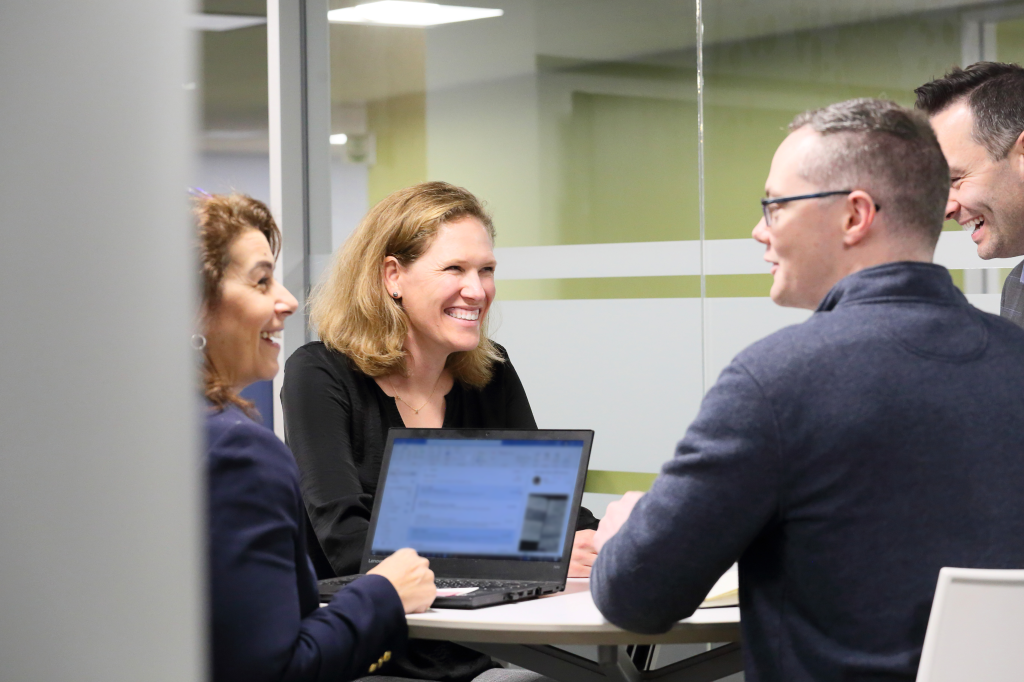Sustainability
Merck publishes 2023/2024 Impact Report
Letter from our chairman and chief executive officer, Rob Davis
Dear Stakeholders,
For more than a century, we’ve been devoted to innovative scientific discovery, delivering medicines and vaccines to address critical health needs, optimizing the efficiency of our supply chain, increasing diversity in clinical trials, evolving our Merck Manual for medical reference and so much more. Importantly, everything we do is inspired by our purpose — to save and improve the lives of people and animals around the world. By harnessing leading-edge science, we’ve tackled some of the world’s biggest health challenges for generations, and we remain committed to expanding access to life-changing medicines, vaccines and technologies for many more decades to come. Operating our business responsibly and sustainably is at the core of our values and foundational to our ways of working and business operations.
To help propel our purpose, we continue to prioritize our ambitious sustainability goals, which span four key focus areas: 1) Access to Health; 2) Employees; 3) Environmental Sustainability and 4) Ethics & Values.
Over the last year, our concerted focus on innovation, collaboration and delivering significant and sustained stakeholder value has driven remarkable progress and impactful outcomes. To these ends, I’m proud to share the following key accomplishments:
Expanding and enabling access to health
Enabling access to health underpins every action we take and every decision we make. Across our enterprise, we collaborate with global partners and stakeholders to advance our scientific discoveries, expand and enable access to our medicines and vaccines, and implement initiatives that drive health equity. In 2023, we reached more than 550 million people with our medicines and vaccines through commercial channels, clinical trials, voluntary licensing and product donations. These critical efforts include our MECTIZAN® Donation Program, the longest-running disease-specific drug donation effort of its kind, which aims to combat river blindness and lymphatic filariasis and reached approximately 385 million people last year.
In 2023, we also expanded on our 2021 access to health ambition, and now have a new goal to enable 350 million more people to access our medicines and vaccines by 2025. In 2023 alone, our efforts enabled access for 240 million people. Our products were delivered to nearly 80% of countries globally. And through our social investments, including partnerships to advance access to health and other impact initiatives, we reached more than 54 million people in low- and middle-income countries and populations underserved by health care in high-income countries, surpassing our goal of reaching more than 50 million people by 2025.
Developing and rewarding an inclusive and healthy workforce
We believe the best path to value creation is through our talent, and the variety of backgrounds and ideas they bring are central to the success of our company. Diversity and inclusion is a business imperative. It improves our understanding of our customers, promotes inclusion in our clinical trials and inspires the innovation that drives our business. We remain committed to actively cultivating a talented and inclusive workforce that best represents—and can thus best serve—our customers, health care providers and patients.
In 2023, we defined and introduced 15 new enterprise leadership skills, designed to further advance our culture, power organizational and individual performance, and drive value for our stakeholders and communities.
Embodying and prioritizing environmental stewardship
We know the global health of people and animals is inextricably linked to the health of the planet. This is why we are committed to playing an active role in mitigating the impacts of climate change. Notably, in 2024, we committed to be net-zero across Scopes 1, 2 and 3 greenhouse gas emissions by 2045, aligned with guidance from the Science Based Targets initiative.
Our environmental sustainability strategy is designed to achieve our objectives by focusing on three critical areas: operational efficiency, designing new products to minimize environmental impact and reducing the impacts in our upstream and downstream value chain. And we have been recognized with six consecutive Green Chemistry Challenge Awards—nine overall—as a result of our ongoing efforts to minimize the footprint of our products. The awards are sponsored by the Environmental Protection Agency and the American Chemistry Society and recognize new and innovative environmentally conscious chemistry technologies.
Holding ourselves to the highest standards
We operate responsibly every day in every way, and we hold ourselves accountable to the highest standards of ethics and values. Our code of conduct is our compass, ensuring we maintain our reputation as a trusted, credible and responsible company. It also encourages employees to speak up and report potential concerns to ensure our ethics and values are reflected in our business operations. We maintain full compliance with all privacy and data regulatory requirements related to active incident monitoring, risk/harm analysis and on-time notification of data breaches.
We are also a signatory to the United Nations Global Compact (UNGC), and we align our operations with the Ten Principles of the UNGC to improve communities around the globe.
Additionally, we increased our spend with small and diverse Tier 1 and 2 suppliers from $3.2 billion in 2022 to $3.6 billion in 2023, fostering a healthy, equitable and diverse supply chain.
In 2023, we also added sustainability metrics to our Company Scorecard, which directly correlates to our annual incentive plan. The metrics link the compensation for most employees, including executives, to our performance in driving greater access to health care and employee engagement and inclusion. And I’m pleased to report that, in our inaugural year, we achieved all of our goals for these new sustainability metrics on our Company Scorecard.
Sustaining our momentum
I am very proud of our collective progress and the positive impact we’ve made on the lives of people, animals and communities around the world. In 2023, Merck was named one of the Top 100 Most Sustainable U.S. Companies by Barron’s and one of America’s Most JUST Companies by JUST Capital and CNBC. And notably, we ranked No. 1 in the health sector for both recognitions. This year, we were also recognized on TIME’s inaugural list of the World’s Most Sustainable Companies, ranking No. 28 out of 500 companies. These honors are a testament to our unwavering passion and commitment to saving and improving lives globally.
I remain confident that we can do even more to further advance global health and access, drive diversity and inclusivity, protect the environment and operate responsibly. I’m excited and energized by the possibilities of our science-led strategy, the promise that our short- and long-term efforts present, and the positive, sustainable impacts that we can make today and well into the future.
My sincerest thanks for your continued support as we pursue a healthier and brighter future for all.
Very best regards,
Rob Davis
Chairman & Chief Executive Officer


